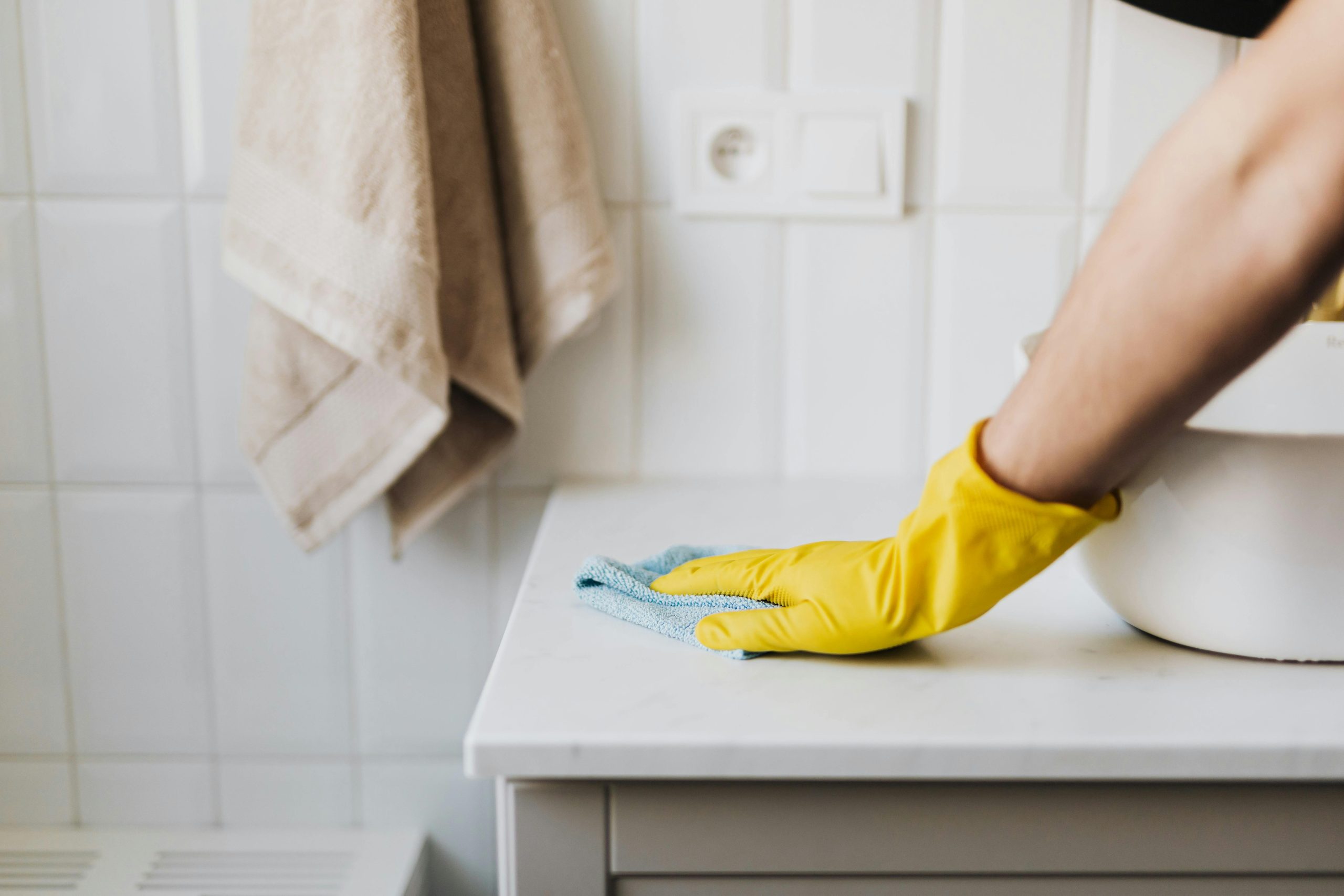Mould and mildew can be more than just unsightly nuisances in your home—they can pose serious health risks and cause long-term damage if left unchecked. These common issues thrive in damp, poorly ventilated areas, making bathrooms, basements, and kitchens particularly susceptible. Here’s what you need to know about spotting, preventing, and tackling mould and mildew in your home.
What’s the Difference Between Mould and Mildew?
Mold and mildew are both types of fungi, but they differ in appearance and impact:
- Mildew: A surface-level fungus that often appears as a white or grey powdery substance. It’s typically easier to clean and less harmful.
- Mould: A more invasive fungus that can appear in various colours, from black and green to orange. Mould can damage materials it grows on and may cause respiratory issues if left untreated.
Signs of Mould and Mildew in Your Home
- Visible growth: Mildew often looks like spots on surfaces, while mould can appear fuzzy or slimy.
- Musty odours: A persistent, damp smell can indicate hidden mould growth.
- Health symptoms: Allergies, respiratory issues, or skin irritation may worsen due to mould exposure.
- Peeling paint or warped walls: These can be signs of excess moisture and potential mould problems.
Common Causes of Mould and Mildew
- Excess humidity: Poor ventilation or high indoor humidity provides the perfect environment for fungal growth.
- Leaks: Roof, plumbing, or window leaks can introduce moisture into hidden areas.
- Poor drainage: Water pooling around your home’s foundation can seep inside and encourage mould growth.
- Inadequate ventilation: Without proper airflow, moisture from daily activities like cooking and showering can linger.
Preventing Mould and Mildew
- Control moisture: Use dehumidifiers and fix leaks promptly. Keep indoor humidity levels between 30% and 50%.
- Improve ventilation: Ensure proper airflow in kitchens, bathrooms, and laundry rooms. Use exhaust fans or open windows when possible.
- Regular cleaning: Clean high-risk areas, such as shower tiles and grout, with mould-killing solutions.
- Inspect your home: Regularly check for leaks, damp spots, or signs of water damage.
What to Do If You Find Mould or Mildew
- Small areas: For small mildew patches or surface-level mold, use household cleaners like vinegar or a bleach solution. Always wear gloves and ensure the area is well-ventilated.
- Larger infestations: If mould covers more than 10 square feet or has penetrated walls, call a professional mould remediation service to ensure safe removal.
- Address the source: Fix leaks, improve drainage, or enhance ventilation to prevent mould from returning.
When to Seek Professional Help
While minor mildew issues can often be managed with DIY solutions, larger or recurring mould problems require professional intervention. Mould can sometimes grow in hidden areas like behind walls or under flooring, making it difficult to eliminate without specialized equipment.
By staying vigilant and proactive, you can keep mould and mildew at bay, protecting your home and your family’s health. If you suspect a serious mould problem or need guidance, reach out to local professionals to address the issue effectively.
Your home is your haven—don’t let mould and mildew take over!

 Facebook
Facebook
 X
X
 Pinterest
Pinterest
 Copy Link
Copy Link



